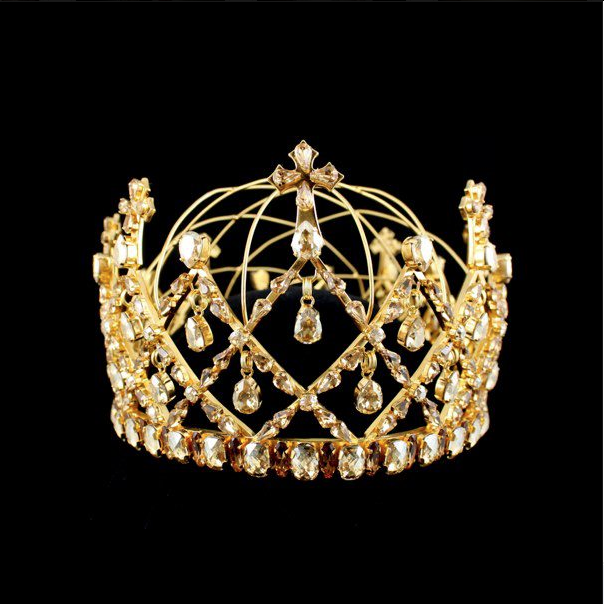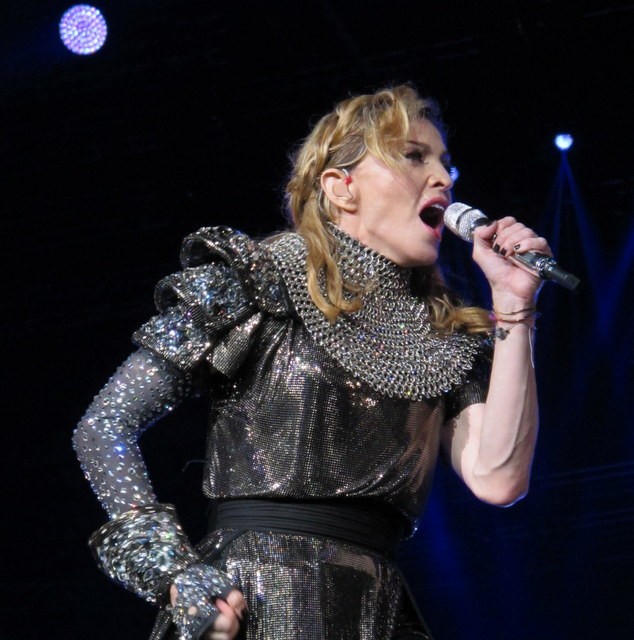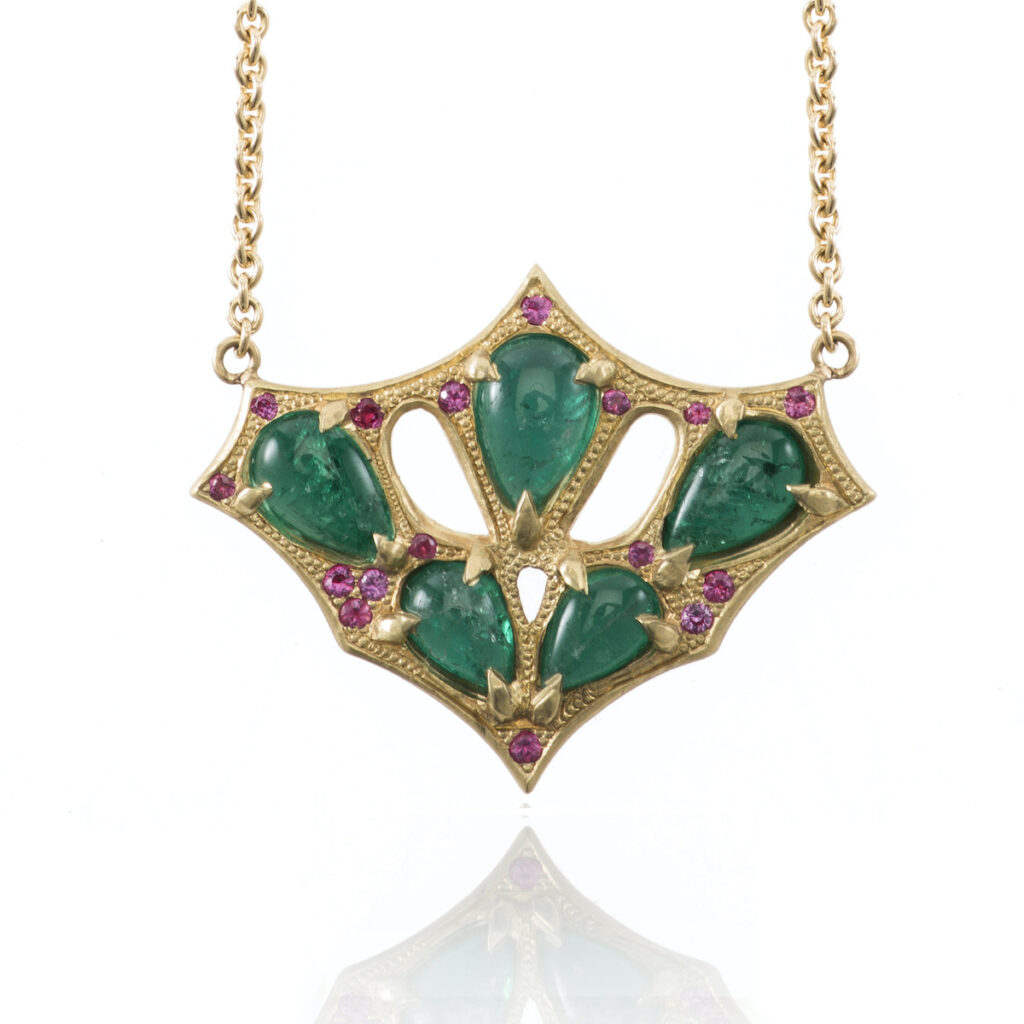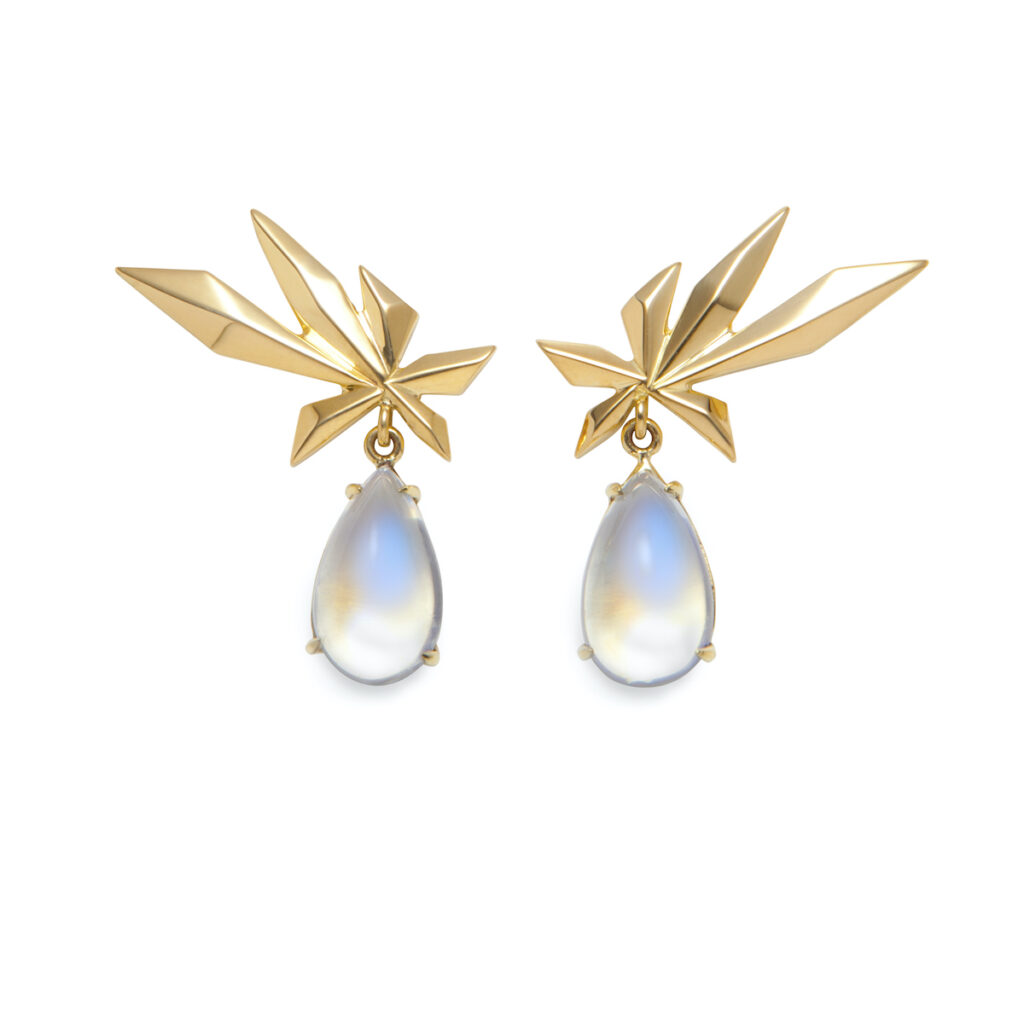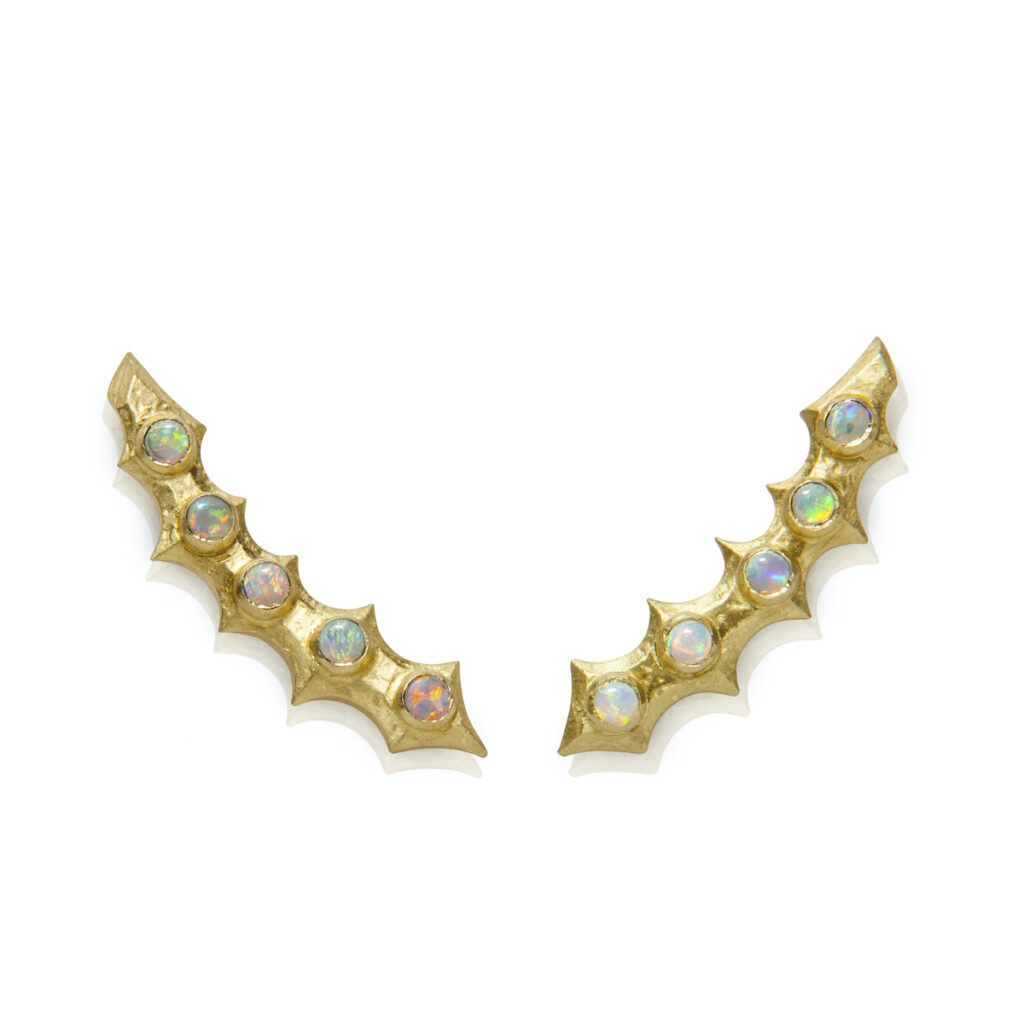Lisa Kim calls herself a “metal mythologist.” She left a career working on animated TV shows in Los Angeles to feed her desire to design jewelry. Fabricating props and costumes for stage performances left her with a profound sense of the transformative power of accessories. Her sources of inspiration include high fashion, mythology, and graphic novels. In the following interview, we ask her how she came to “make magic in metal.”
You left a career in entertainment to pursue jewelry-making because you felt a “deep-seated impulse to create objects of beauty with [your] own hands.” Where do you think that impulse came from?
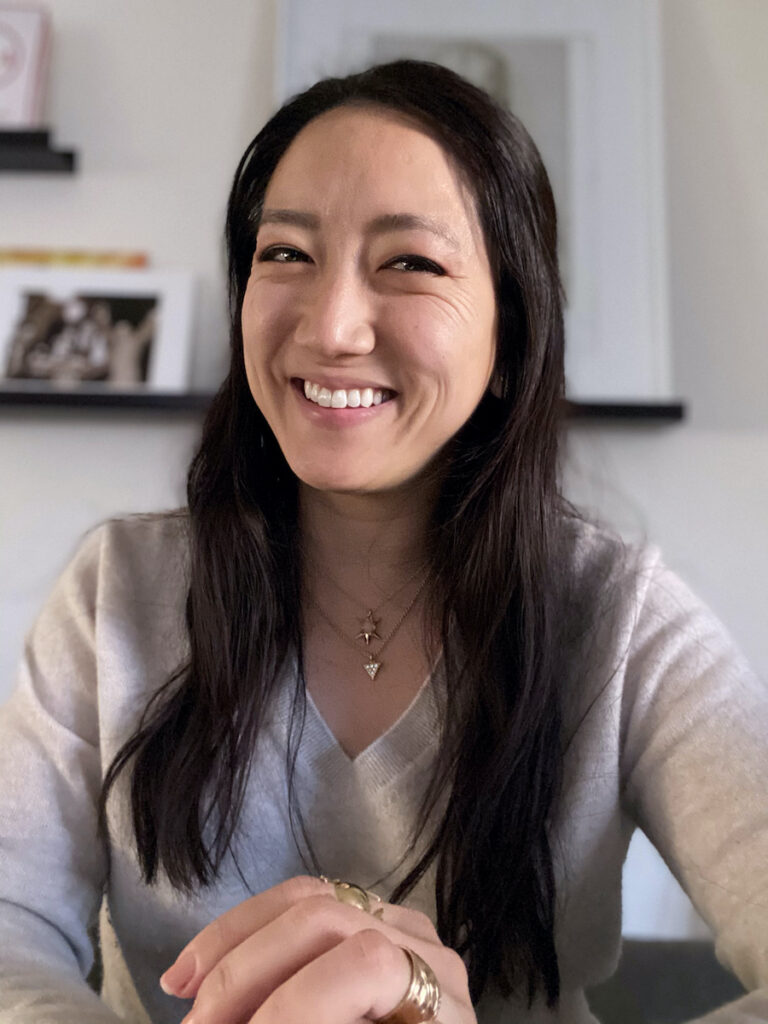
There is nothing more gratifying to me than taking an idea and rendering it into a tangible object with precious materials. I’m not sure where it came from, but it definitely showed up early.
By the age of five I was studying the piano and I received recognition for my drawing ability from my teachers, who advised my parents to find art lessons for me. Playing music doesn’t just involve the sense of hearing and visual art isn’t only about sight. There is a tactile component to these experiences: you know a piece of music not just by how it sounds but also by the physical sensation through your fingers as you play your instrument. Music inspires visualization. Information that stimulates one of the senses can stimulate the other senses. This response is known as synesthesia. To me, carving and metal sculpture are extensions of drawing and music. I will listen to music, render a design based on what I see, and then execute the design in wax or metal.
You spent some time fabricating props, wardrobe, weaponry for stage performers. How has that shaped your understanding of the power of jewelry and how we present ourselves?
I am so lucky to have worked for Michael Schmidt and Tony Swatton. Their designs transform women on stage, projecting their power and presence. Stage performance blurs the line with reality through suspension of disbelief. This to me is magic! Jewelry is much smaller in scale compared to the props and accessories I got to make. You could say that working on large pieces for these other designers made it hard for me to even think about dainty jewelry. I could design small pieces but my heart says, “Go big or go home.”
Could you talk about the transformation you call, “Hero Alchemy,” and if and how it relates to the transformation of raw materials into jewelry?
I don’t just make pretty jewelry. For years I’ve worked at finding the words to describe the higher purpose of jewelry, because this is what gets me up in the morning to do what I do. There must be a reason why jewelry has captivated humankind since the dawn of time.
Joseph Campbell said hero stories appeal to us because their story is our own. The hero leaves home to go on a journey and returns forever changed in some way, the way we set out in life and are changed by it. As I considered this idea, I was reminded of the ancient philosophy of alchemy, which concerns itself with the transformation of matter. (Remember King Midas and his golden touch?)
Gold is great. But it becomes something even greater when it is melted, beaten, and cut into a piece of jewelry, and combined with gemstones. These brutal forces and combination of materials yield a sum that is greater than all its parts. I believe this is how jewelry becomes an expression of the wearer’s spirit. This is why I can’t get behind mass-produced jewelry. That jewelry is beautiful in its own way, but it can be impersonal. Gold and gemstones are precious limited resources so anything we make with these materials must be exceptional.
There are many motifs that run through your work. What is it about teeth, claws, and wings that contain such power for you?
If you encounter a sabertooth tiger or a wooly mammoth, would you mess with it?
Teeth, claws and wings are adaptations that allow powerful animals to survive and dominate. Our ancient ancestors wore these animal parts as talismans, as a way of invoking the ferocity of these creatures. Although the way we live now is vastly different, I know these forms still speak to our ancient brains. I believe we all have our own teeth and claws inside us, a kind of primal impulse to survive and thrive. It’s moxie, élan, explosive energy, an unrelenting force. This is exactly what I aim to capture in each piece I design and I want women to access this part of themselves using my jewelry as a conduit.
My personal motto is, “When life bites you, you bite back.” Rings are my favorite pieces to design, and I make some big ones that I affectionately refer to as “boss rings.” Those unaccustomed to this kind of aggressive design inspect my rings and ask nervously, “Does it hurt to wear it?” I reassure them that it doesn’t hurt at all to wear it, and joke that it might hurt the person shaking your hand – if they aren’t careful. I like my jewelry to have a “don’t tread on me” quality that makes a woman a little dangerous and untouchable.
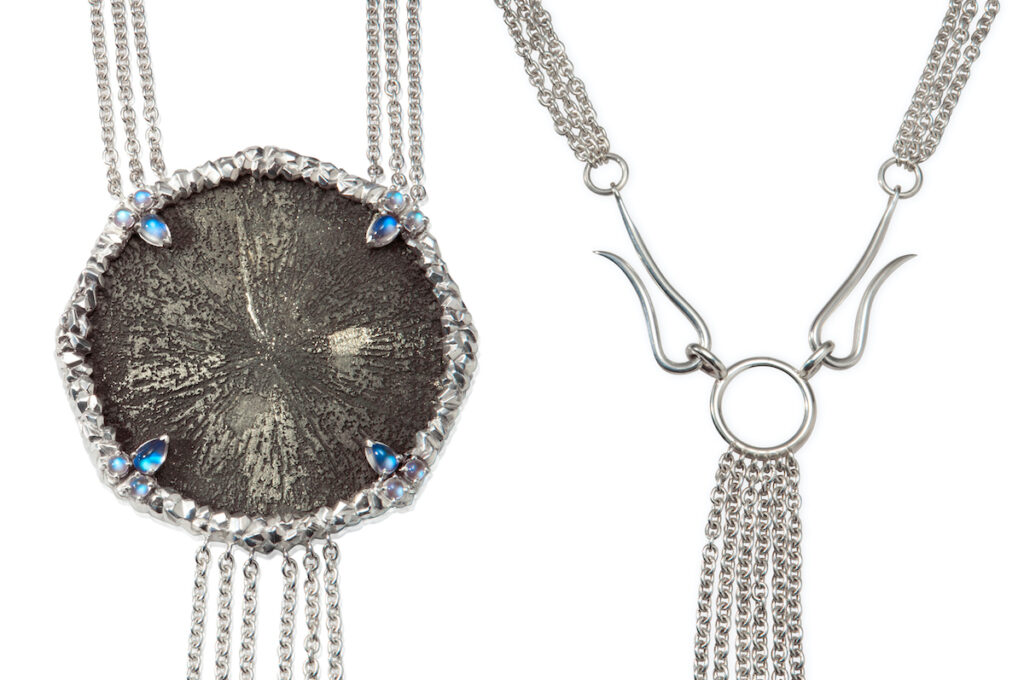
What inspires your unique aesthetic?
As an animator, you have to be able to work in different art styles. I’ve spent a great deal of time throughout my life looking at all kinds of art. I’d say my top design inspirations are graphic novels, fantasy films and illustration. I’ve seen really cool accessory design on superheroes that makes me look at real-world jewelry and wonder how it can be worn differently. There’s Big Barda and Red Sonja, and characters like Merlin and Mordred in the film Excalibur. “What kind of stuff would they wear?” I ask myself.
Do you experience creative ruts? How do you get out of them?
Occasionally. Creativity has an ebb and flow; it can’t always go full throttle. When I recognize that I’m in a rut I accept where I’m at, knowing that it will come back. I take it as a cue to relax and restore. I’d say rest is even more important than doing. Some of the world’s greatest works of art were born from idle moments. Beethoven’s Fifth Symphony begins with a rest. The opera composer Richard Wagner conceived a major theme for The Ring Cycle as he dozed off in sunlight one hot afternoon.
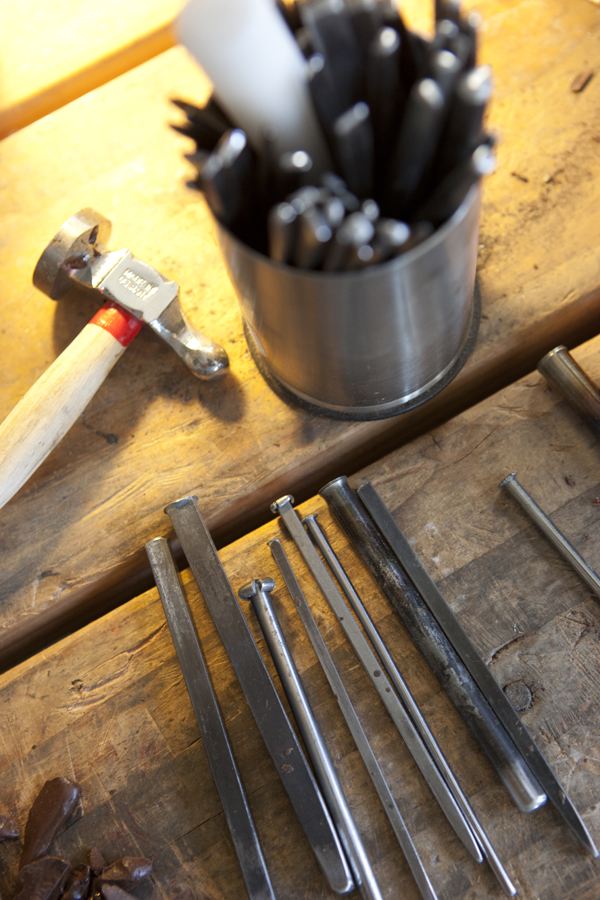
Is there advice you wish someone had given you as you began your transformation into a jeweler?
I received a lot of industry support early on and I can’t say I felt lacking in the advice department. My peers and mentors didn’t just materialize out of thin air; I had to go out and find them. I was especially motivated by the fact that I entered the industry knowing no one. I’m naturally inclined to seek connection with others and that has been invaluable, not to mention loads of fun! Some artists tend to be introverted and forget or ignore that part of the picture but this has not been the case for me.
What are three of your favorite bench tools right now?
I have three chasing hammers: light, medium and heavy weight, which I use depending on the depth of relief I am creating in metal sculpture. I also have quite a collection of repoussé tools! And I can’t live without my wax pen.

